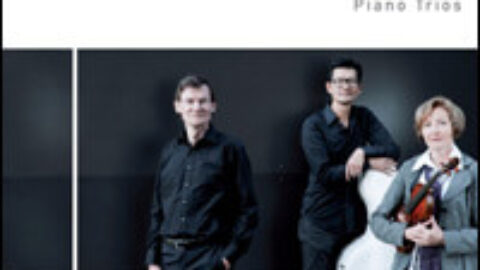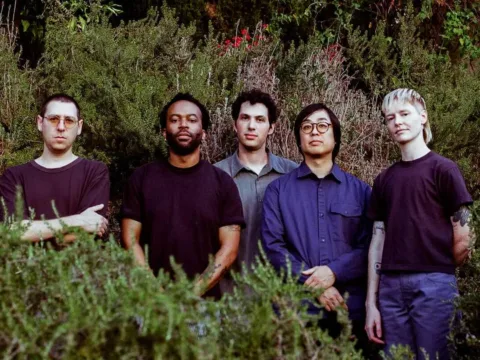 There are rare moments in history when political and social upheaval come together with artistic innovation to produce music that is both emotionally charged and brazenly experimental. Unfortunately, Western art music for the most part missed its chance at the last such possible moment (the 1960s), standing aside (with a few exceptions) from the struggles raging in society and drawing its inspiration (?) from cerebral head games rather than the humanity around it. When people complain that contemporary classical music doesn’t speak to them in the way, say, Beethoven does, there is an element of truth in the emotionally disengaged character of all too many recent compositions.
There are rare moments in history when political and social upheaval come together with artistic innovation to produce music that is both emotionally charged and brazenly experimental. Unfortunately, Western art music for the most part missed its chance at the last such possible moment (the 1960s), standing aside (with a few exceptions) from the struggles raging in society and drawing its inspiration (?) from cerebral head games rather than the humanity around it. When people complain that contemporary classical music doesn’t speak to them in the way, say, Beethoven does, there is an element of truth in the emotionally disengaged character of all too many recent compositions.
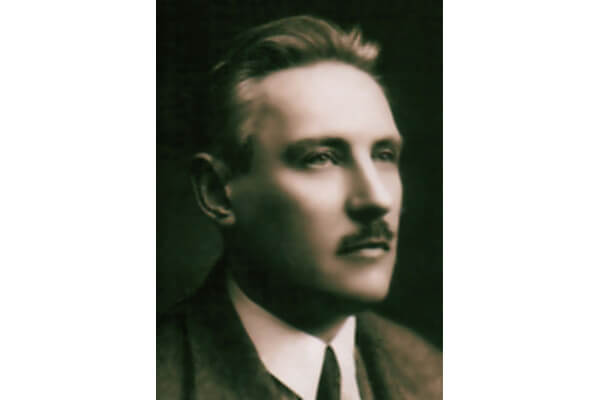
Russian modernist composers in the 1910s and 20s (along with visual artists and poets) followed a rather different path. Many were swept up in the revolutionary upheaval and bold new experiment in human society. For at least a decade, there was much synergy in the parallel, tradition-uprooting paths of avant-garde art and revolutionary politics. It was in this context that Leonid Sabaneev (frequently spelled Sabaneyev) emerged as an important music critic and policy-maker. His small output of compositions has remained largely unheard, and fortunately into this abyss has come a new recording of his two Piano Trios released by GENUIN Classics.
What I enjoy most about Sabaneev’s Piano Trios is their combination of late-romantic sensibility with brazen dissonance and near-chaos. Melodies bursting with emotion are interrupted by ferocity and frenzy. The harmonic language, though highly chromatic, makes intuitive use of sonorities and voice-leading in a way that opens up a myriad of possible directions to the music. Far from the rigid world of serialism, there is far more malleability and expressive capacity in Sabaneev’s compositions. Swirling rhythmic activity gives rise to punctuated accents, and rich melodic motives give cohesion to chaos.
Trio-Impromptu, Op. 4, composed in 1907, bears the strong influence of Scriabin, of whose music Sabaneev was an early and ardent champion. Its colorful piano chords and sweeping gestures resonate beautifully, and pianist Michel Schäfer brings out a tremendous warmth and radiance in his playing. Restive moments of calm melodies are interrupted by exciting crashes and more angular lines, and the music never manages to sit still for more than a few seconds.
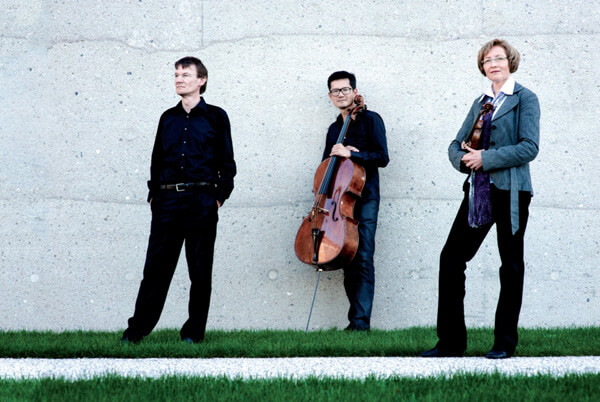
Sonate pour Piano, Violon et Violoncelle, Op. 20 , composed in 1923/24, takes the intensity up several notches. Like many Russian modernist composers of the 1920s, Sabaneev here has a predilection for the piano’s low register, which often booms with a fullness that verges on overtaking the strings. The contrasts in this piece are even more wide-ranging, with serene passages of a solo melody in violin or cello beautifully accompanied by rising lines in the piano juxtaposed with angular punchy ensemble intensity. A few rich melodies serve to unite the work as a whole, though of course their presentation in different moods and with different accompaniment makes the journey unsettled.
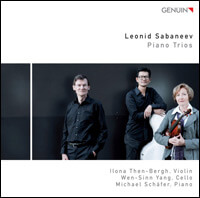 A danger in performing these rather complex and chaotic compositions would be losing the richness of their melodic material in the elusive sea that surrounds it. The players on this recording manage to make the most out of the melodies without overdoing it. Violinist Ilona Then-Bergh is particularly impressive in the dynamic shape she brings to each line. This is especially noticeable in the way she trails off into the distance at the end of some phrases, and a beautiful soft reach into the violin’s upper register in the last movement of Op. 20 was particularly enthralling. Cellist Wen-Sinn Yang holds nothing back in the most intense moments, and it’s refreshing to hear such arduous bowing come to life on a recording. The pianistic writing on these Trios has many of the best features of late-Romantic Russian piano music, and Michael Schäefer renders these traits in a way that seems natural and always exciting. The ringing, bell-like quality of some of the chords in Op. 20 was a particular delight. The ensemble as a whole manages to swell, soar, and fade as a unit, and their molding of tempo to suit musical gestures is one pivotal quality that makes this recording a success. Though the German-trained string players lack the full-on constant dripping-with-emotion character of Russian-trained string players, their interpretation is by no means lacking in expression.
A danger in performing these rather complex and chaotic compositions would be losing the richness of their melodic material in the elusive sea that surrounds it. The players on this recording manage to make the most out of the melodies without overdoing it. Violinist Ilona Then-Bergh is particularly impressive in the dynamic shape she brings to each line. This is especially noticeable in the way she trails off into the distance at the end of some phrases, and a beautiful soft reach into the violin’s upper register in the last movement of Op. 20 was particularly enthralling. Cellist Wen-Sinn Yang holds nothing back in the most intense moments, and it’s refreshing to hear such arduous bowing come to life on a recording. The pianistic writing on these Trios has many of the best features of late-Romantic Russian piano music, and Michael Schäefer renders these traits in a way that seems natural and always exciting. The ringing, bell-like quality of some of the chords in Op. 20 was a particular delight. The ensemble as a whole manages to swell, soar, and fade as a unit, and their molding of tempo to suit musical gestures is one pivotal quality that makes this recording a success. Though the German-trained string players lack the full-on constant dripping-with-emotion character of Russian-trained string players, their interpretation is by no means lacking in expression.
Recent revivals of 1920s Russian avant-garde music have spawned a number of quality recordings of innovative composers such as Nikolai Roslavets and Alexander Mosolov. It’s good to see that Sabaneev’s Piano Trios have finally received a quality recording: now we can know him by his music, and not just his influential writings and important role in history.
Sabaneev: Piano Trios (Genuin/March 2012/B00782B9LW) – Buy on Amazon
–
David Pearson is a saxophonist residing in NYC.
